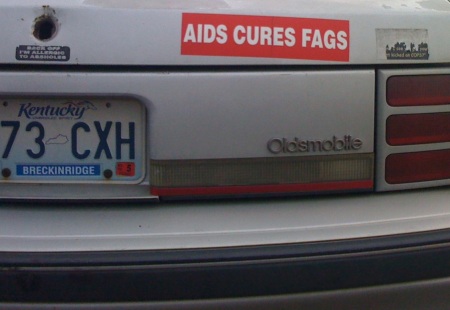Sport and Society
“Do you know what my favorite part of the game is? The opportunity to play.”
That’s a quote made famous by former Chicago Bears linebacker Michael Singletary, current head coach of the San Francisco 49’ers of the National Football League (NFL). Singletary’s quote speaks to the innocence of spontaneity, play, and competition.
While we are early in 2010, we have already witnessed major sporting events here in the United States. It has become tradition at the beginning of each year for the college bowl series to kick high in to gear, signifying the end of the college football season and the crowning of the national college football champions. During the first few weeks of January, college football dominates the sports world in the United States. But as soon as that ends, the NFL playoffs and the Super Bowl are front and center.
As I write this week’s post, I’m taking in the Winter X Games from Colorado (might I recommend watching it in HDTV; fabulous!).

In early February, the “Super Bowl” of auto racing hits Daytona Beach, Florida as the NASCAR season begins. This year alone after these major sporting events, consider what remains: the NBA All Star game, the Winter Olympics, the PGA and LPGA majors, the World Cup in soccer, and playoffs in every major professional sport. The list could literally go on and on. This is not to mention the role of sports in the elementary and secondary schools and in the backyards and streets throughout the United States and the world. We begin engaging in sports soon after birth, and come to know and love our favorite athletes and teams as we move through adolescence and adulthood.
Are we naturally drawn to sports and leisurely activity? What is it that influences someone to play baseball versus soccer, basketball versus volleyball? What is the difference between high culture and pop culture, and how does social class and social position influence us into the types of sports we engage? What role do sports play as part of our culture?






